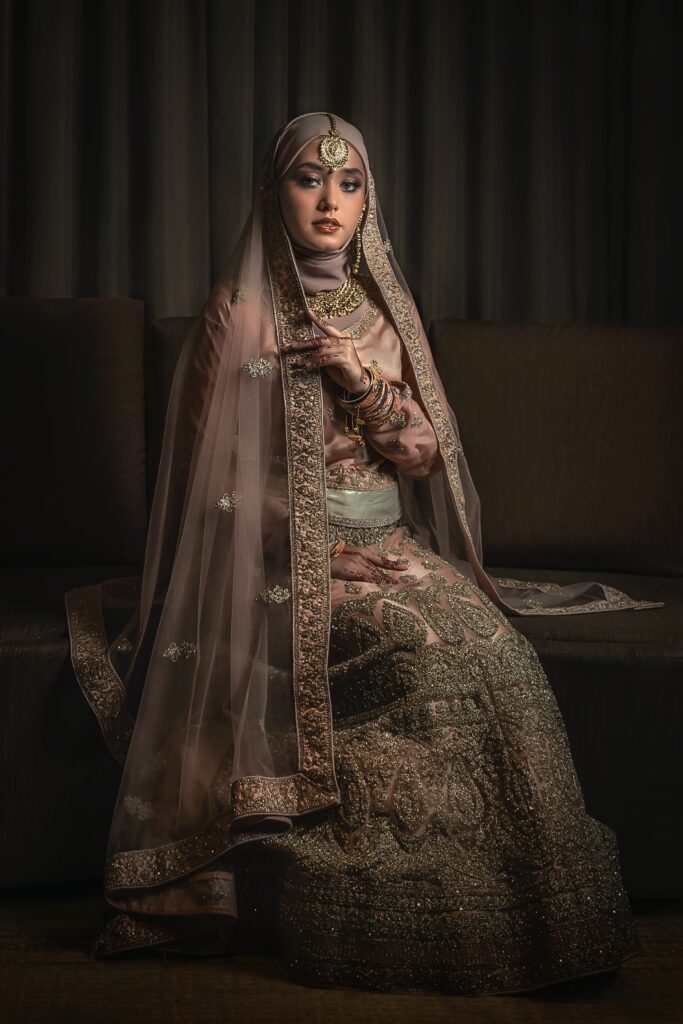Introduction
Fashion is one of the most dynamic and constantly changing industries in the world. Over the years, both women’s and men’s fashion have gone through several transformations, adapting to the cultural, social, and economic changes of each era. From the ornate and elaborate styles of the Renaissance to the minimalist and androgynous looks of today’s fashion, this article explores the evolution of women’s and men’s fashion.

The Evolution Of Fashion in The Renaissance Era (the 1400s to 1600s)
The Renaissance era was a time of great cultural, artistic, and economic revival in Europe. This was also reflected in the fashion of the time, as both men’s and women’s styles became more ornate and elaborate. Women’s dresses were adorned with elaborate embroidery and lace trimmings, while men’s clothing was characterized by doublets, hose, and high-collared shirts. The styles of this era were heavily influenced by the upper class, with clothing serving as a way to display one’s wealth and social status.
The Baroque Era (the 1600s to 1700s)
The Baroque era was a time of grandeur and opulence, and this was reflected in the fashion of the time. Women’s dresses were highly decorated with intricate embroidery, lace, and ribbons, while men’s clothing featured broad-shouldered coats and breeches. The styles of this era were also heavily influenced by the aristocracy, with clothing serving as a way to display one’s wealth and power.
The Evolution Of Fashion in The Victorian Era (1837 to 1901)
The Victorian era was characterized by modesty and conservatism in fashion. Women’s dresses were long and covered up most of the body, with high necks and long sleeves, while men’s clothing featured suits with waistcoats, top hats, and formal trousers. This era was a time of great economic growth, and the styles of the time reflected the newfound prosperity of the middle class.
The Evolution Of Fashion in The Roaring Twenties (1920s)
The Roaring Twenties were a time of great change, with women’s fashion undergoing a major transformation. Women’s clothing became more revealing, with shorter hemlines, lower necklines, and a more relaxed silhouette. Men’s fashion also changed, with the introduction of new materials such as denim and a more casual and relaxed style. This era was a reflection of the newfound freedom and optimism of the time.
The Minimalist Era (the 1980s to the present day)
The minimalist era, which began in the 1980s, is characterized by a focus on simplicity, functionality, and androgynous styles. Women’s fashion became more androgynous, with tailored suits, oversized sweaters, and a focus on comfort. Men’s fashion also became more minimalist, with a focus on classic styles and understated elegance. The minimalist trend continues to be a dominant force in fashion today.
Conclusion
The evolution of women’s and men’s fashion is a fascinating journey through time. From the ornate and elaborate styles of the Renaissance to the minimalist and androgynous looks of today’s fashion, each era reflects the cultural, social, and economic changes of the time. Whether it’s the opulence of the Baroque era or the minimalist trend of the present day, fashion continues to evolve and adapt to the changing world around us.
As we look back on the journey of women’s and men’s fashion, it is clear that fashion is much more than just a matter of style. It is a reflection of the values, beliefs, and cultural norms of each era, and it serves as a window into the history and culture of our world
is much more than just a matter of style. It is a reflection of the values, beliefs, and cultural norms of each era, and it serves as a window into the history and culture of our world




